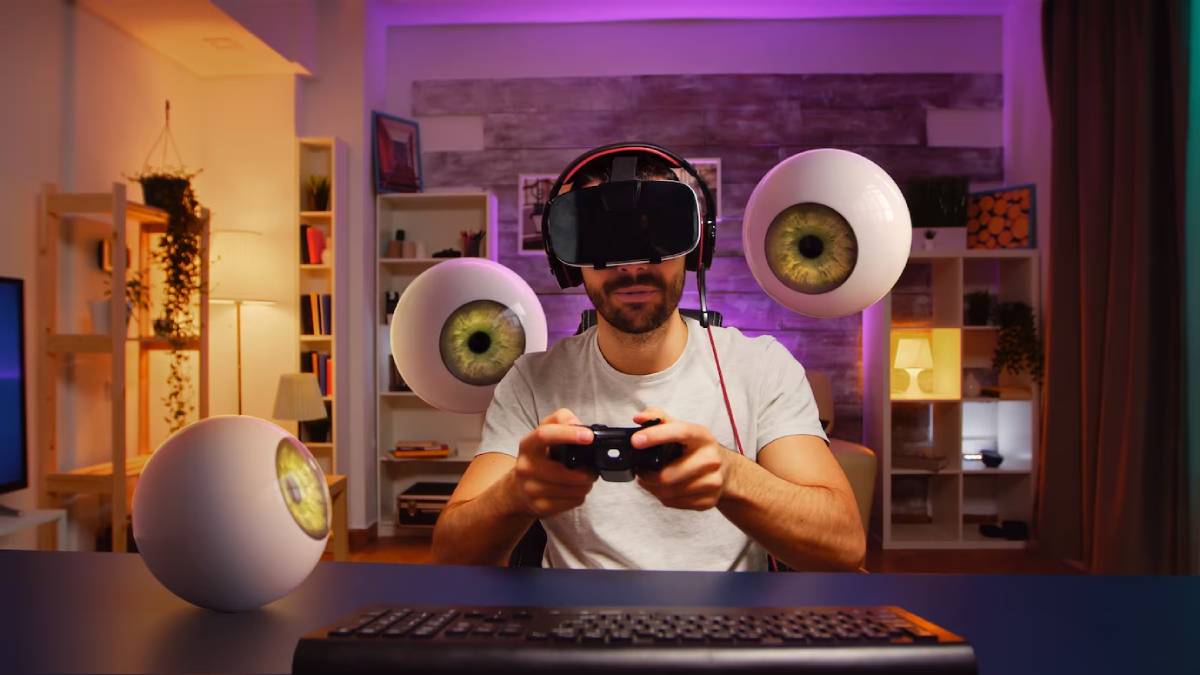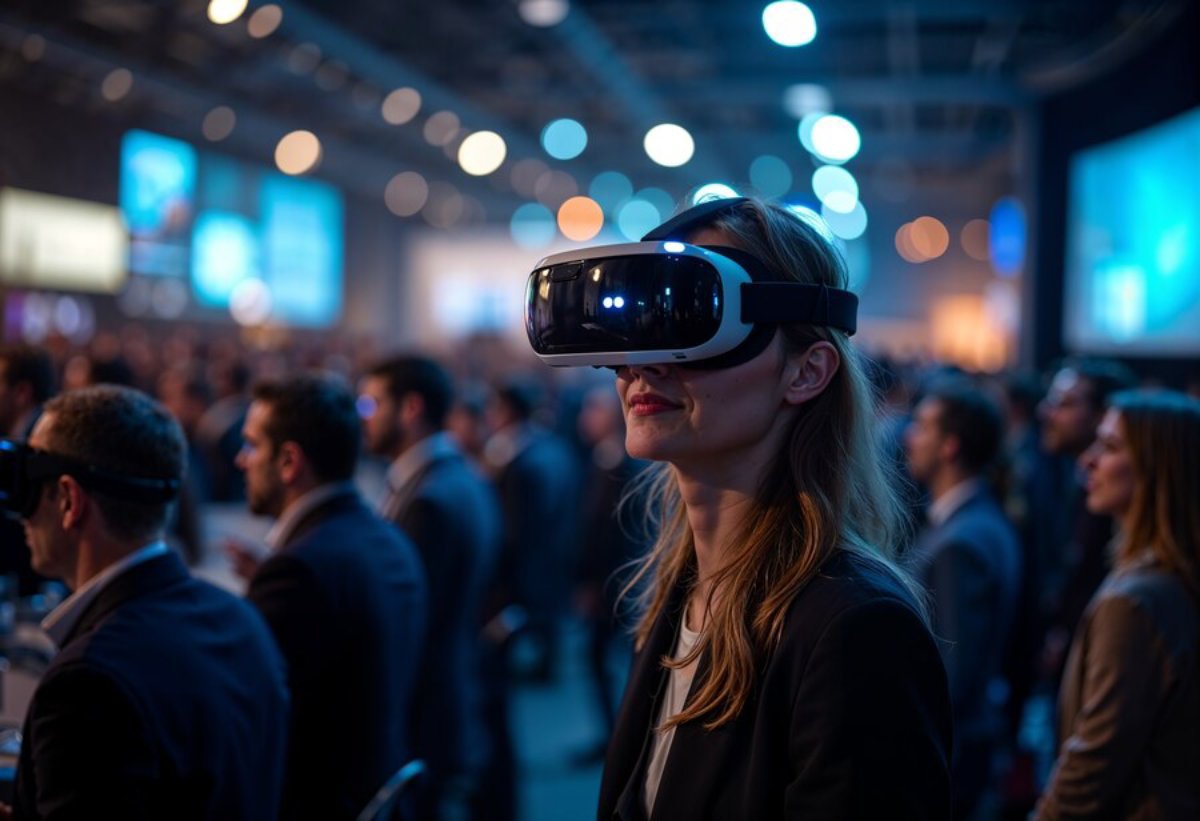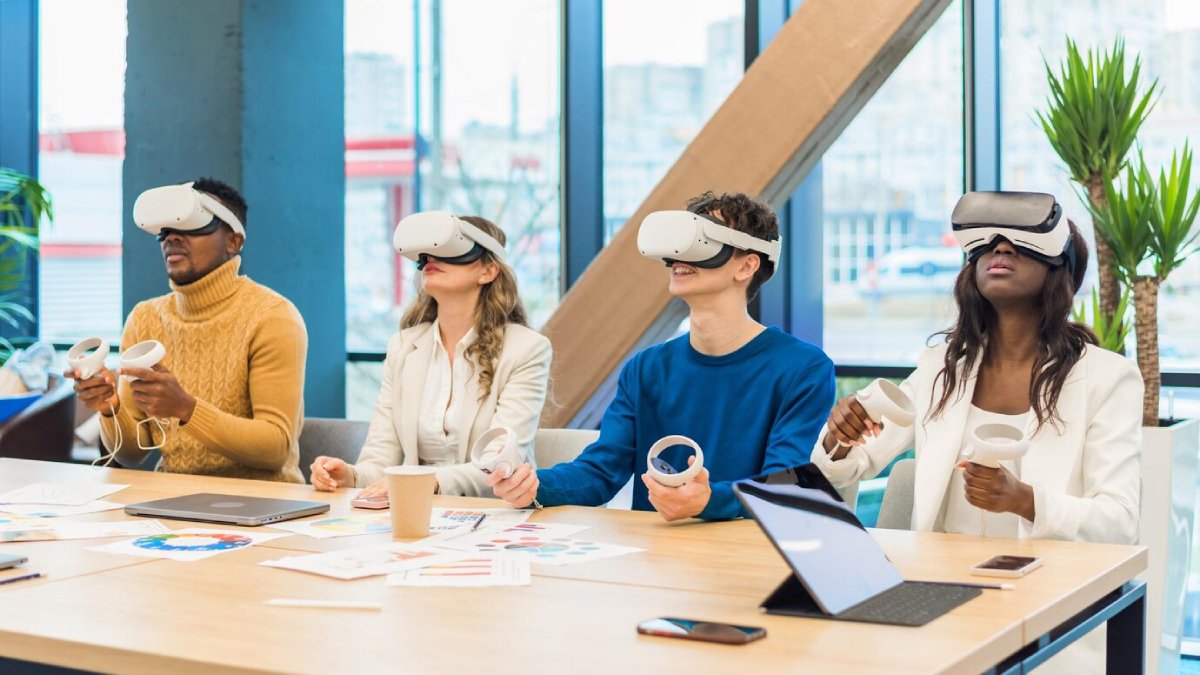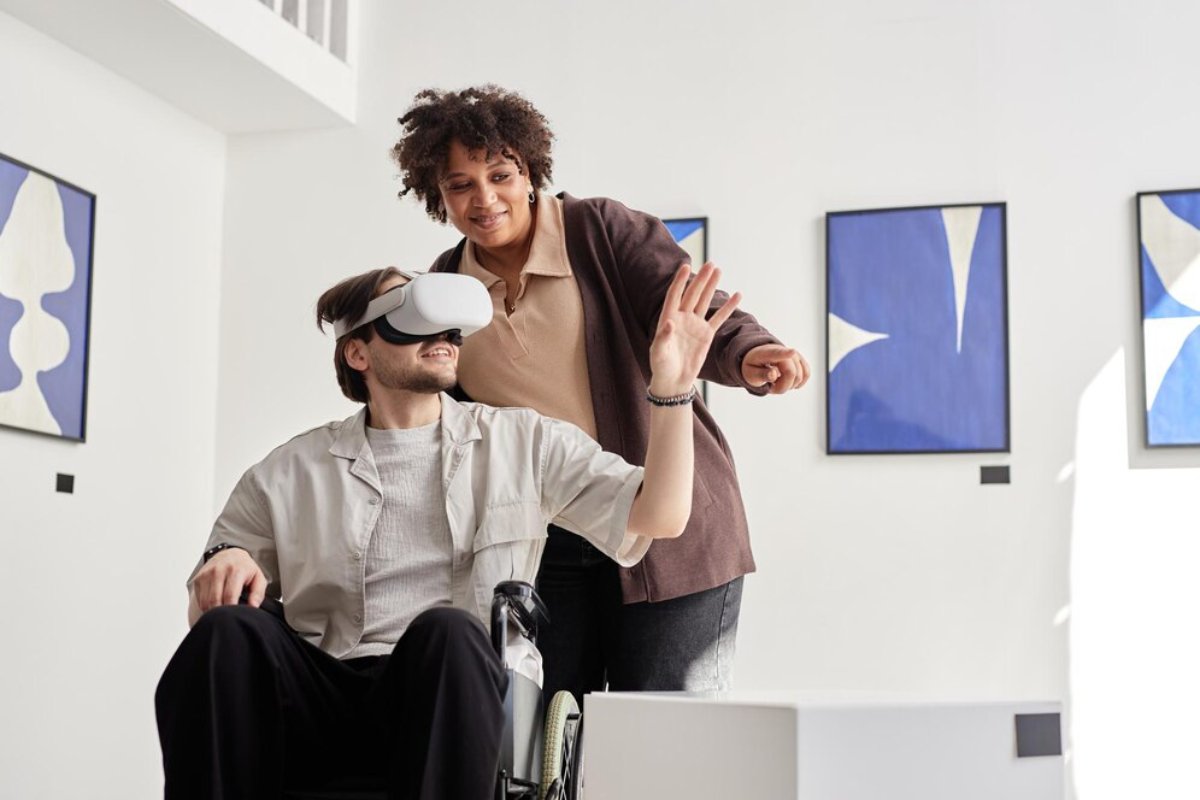
Designing VR Experiences for Users with Disabilities: A Comprehensive Guide
A break from reality: HI tech virtual reality (VR) provides immersive experiences once considered the stuff of fiction. By opening the power of this technology to everyone — including people with disabilities — as it continues to grow, we will be able to serve all our communities better and meet their needs. This may be a compliance-driven process in VR design for disabled users. It’s about making experiences for everyone. In this blog post, we will explain why accessible VR design is essential, what the challenges are for disabled users, and how developers work to create inclusive VR experiences.
Why Accessible VR Design Matters
Accessible VR design is crucial because it allows everyone to enjoy VR technology regardless of ability. Over one billion people worldwide have some form of disability. Creating VR for these users is an ethical duty and a market opportunity. By designing inclusive VR, developers can reach a larger audience and promote a fairer digital world.

The Importance of Inclusivity in VR
Inclusivity in VR goes beyond accessibility. It fosters belonging and empowerment for all users. VR can enhance learning, provide therapy, and create new entertainment forms. Without accessible design, many disabled users miss out on these opportunities. Focusing on inclusivity helps ensure VR is a tool for empowerment, not exclusion.
Real-Life Applications of Accessible VR
Accessible VR can significantly impact various sectors like education, healthcare, and entertainment. For example, VR can create immersive learning environments for students with disabilities, offering tailored educational experiences. In healthcare, VR can aid individuals with physical or cognitive impairments by providing new ways to manage pain or enhance mobility. In entertainment, inclusive VR can deliver stories that resonate with diverse audiences, allowing everyone to enjoy the magic of VR.
Key Challenges in Designing VR for Disabled Users
Creating VR for disabled users presents unique challenges. These challenges arise from various disabilities and how individuals interact with VR technology. Recognising these challenges is vital for crafting inclusive VR experiences.
Diverse Needs and Requirements
One main challenge is the range of needs among disabled users. Disabilities can include physical issues, sensory impairments, and cognitive challenges. Each requires specific design considerations and solutions.
Technical Limitations
Technical limitations in VR hardware and software can complicate accessible design. Many VR headsets and controllers lack accessibility features, making them hard for those with physical impairments. Additionally, VR often relies on visual and auditory cues, which can be inaccessible to users with sensory impairments.
Lack of Industry Standards
Another hurdle is the absence of industry standards for VR accessibility. While general guidelines exist for digital content, VR has unique challenges that need specific considerations. The lack of established standards makes it hard for developers to know the best practices for creating accessible experiences.
Best Practices for Designing Inclusive VR Experiences
Despite these challenges, developers can follow best practices to create inclusive VR experiences, which can help ensure wider accessibility.
User-Centred Design
User-centred design is key. This means involving disabled users from the start, gathering feedback, and refining the design accordingly. Engaging with users provides insights into their needs and preferences, leading to a final product that meets their requirements.
Customisable Interfaces
Customisable interfaces are crucial for inclusive VR design. Allowing users to adjust the interface helps make experiences accessible to more users. Options can include changing text size, colour schemes, or control schemes to fit various physical abilities.
Multi-Sensory Feedback
Incorporating multi-sensory feedback can boost accessibility. Providing input through touch or visual cues helps users with sensory impairments. For instance, haptic feedback can complement auditory cues, making VR experiences more accessible for those with hearing impairments.
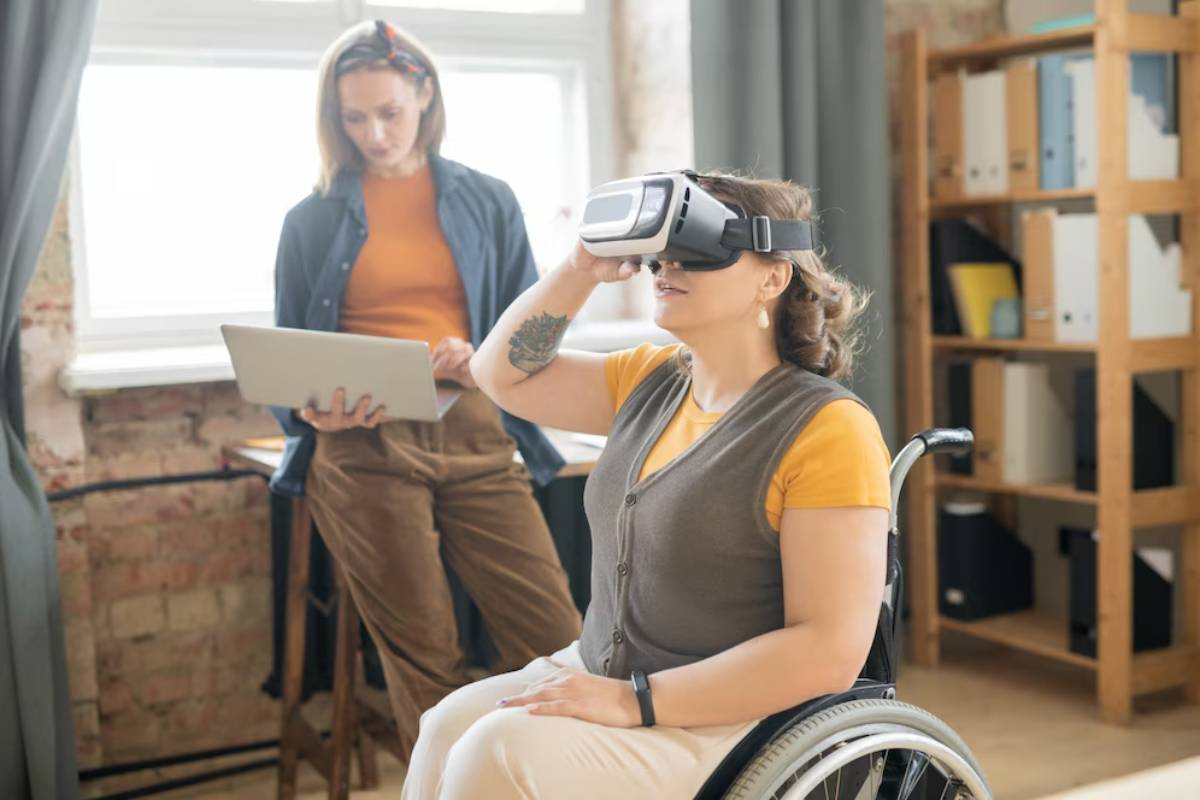
Simplified Navigation
Simplified navigation is essential for users with cognitive impairments. Clear instructions, intuitive controls, and easy navigation paths make VR experiences understandable and user-friendly.
Advanced Insights and Expert Recommendations
To excel in accessible VR design, developers should consider advanced insights and expert recommendations. These can help create engaging and enjoyable experiences for disabled users.
Leveraging Assistive Technologies
Using existing assistive technologies can enhance VR accessibility. Integrating screen readers or voice recognition software can support users with visual or mobility impairments. These technologies help ensure that VR experiences reach a broader audience.
Continuous Testing and Iteration
Regular testing and iteration are vital for high-quality, accessible VR experiences. By testing with disabled users and gathering feedback, developers can find areas for improvement. This ongoing process ensures VR experiences remain relevant and accessible.
Collaboration with Accessibility Experts
Working with accessibility experts can provide valuable guidance for creating inclusive VR experiences. These experts can recommend best practices, identify accessibility issues, and give feedback on design choices. By collaborating with them, developers can meet high accessibility standards.
Embracing Inclusivity in VR Design
Beyond the technical challenge, creating a more inclusive digital landscape Discerning how to design run time for people with accessibility needs is not simply a technical challenge. However, by developing VR experiences with accessibility in mind, developers can ensure that all individuals can benefit from them! It contributes to the VR ecosystem, providing creativity and innovation. As we continue to explore the potential of VR, we must pledge to make our experiences inclusive, changing our focus from what we want the user to experience to what we can do to help them.
The road ahead for VR design is a continuing mission to make VR accessible. It needs teamwork, creativity, and a commitment to inclusivity. By following best practices, leveraging assistive technologies and consulting with disabled users, developers can create truly inclusive and transformative VR experiences. Let’s stand side by side to ensure VR remains a tool of empowerment and inclusion, unlocking new worlds for us all.
